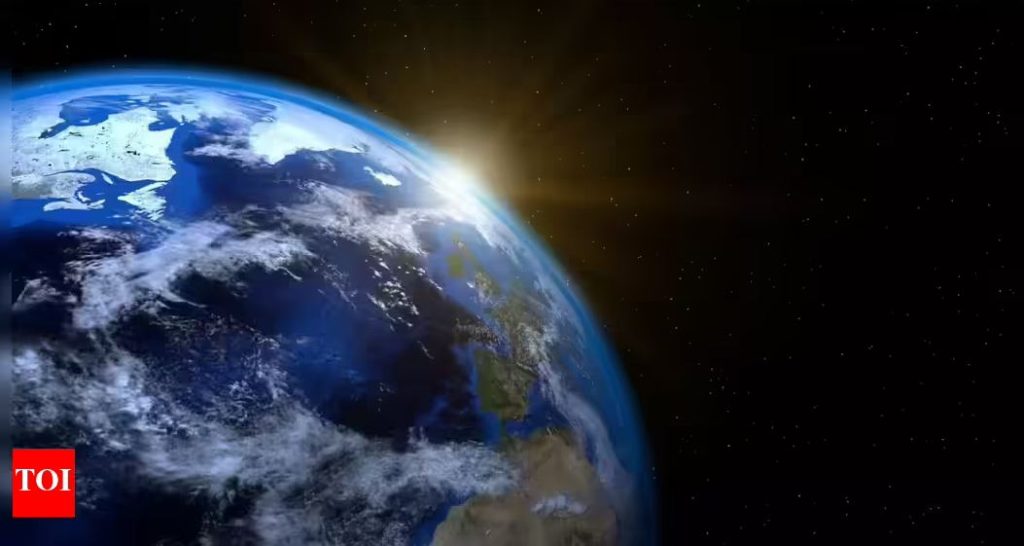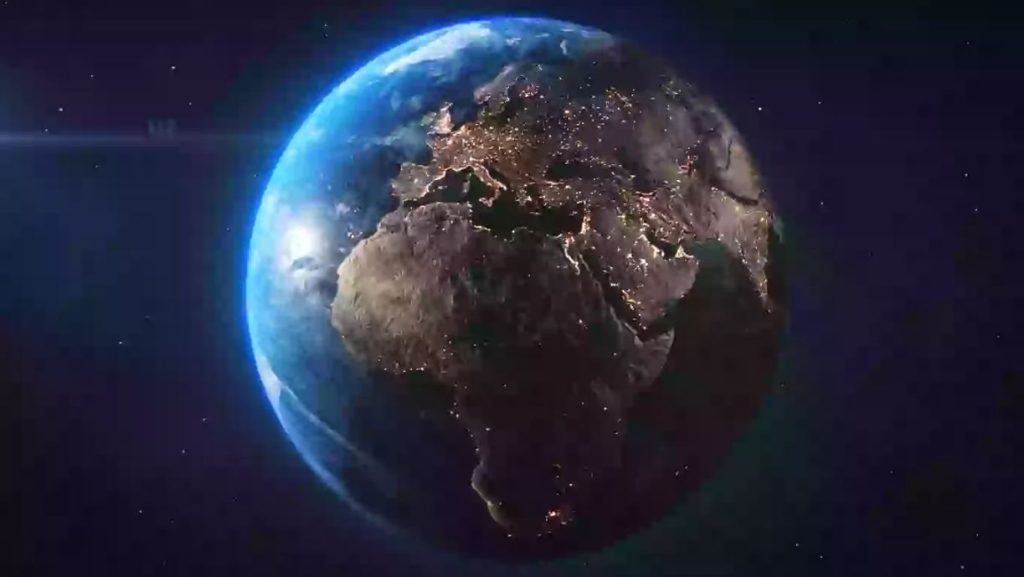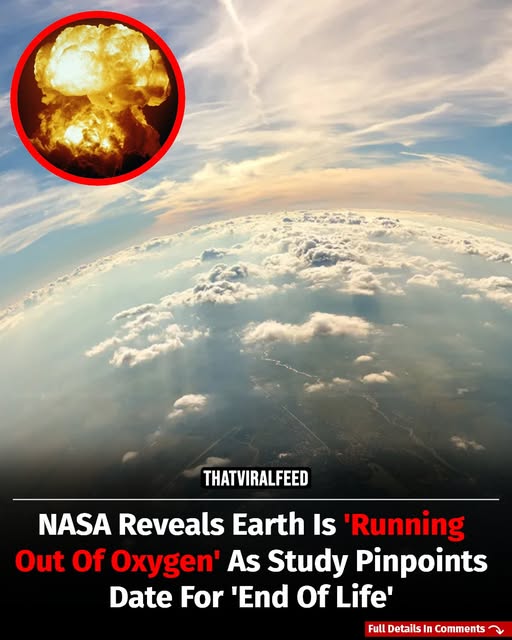NASA and Japan’s Toho University have released an alarming discovery Earth’s atmospheric balance, particularly the oxygen we breathe, will not last forever. New research suggests that our planet is slowly losing a key element for life: oxygen.
How Much Time Do We Have?
According to multilayer simulations conducted by researchers, oxygen loss will be gradual but inevitable. It is expected to begin in about 10,000 years — a blink of an eye on the planetary timescale — and culminate in a complete collapse of oxygen roughly one billion years from now. Christopher Reinhard of the Georgia Institute of Technology stated: “The lifespan of oxygen-rich atmospheres may be shorter than we previously thought.”

What Drives the “Great Deoxygenation”?
The main culprit is the aging of the Sun. As it grows brighter and hotter over time, it warms the atmosphere and speeds up the breakdown of carbon dioxide (CO₂). Without CO₂, photosynthesis stops — plants die, and oxygen production ceases. This process is referred to as the “Great Deoxygenation” — a period when the atmosphere becomes filled with methane, with minimal CO₂ and no protective ozone layer.
Consequences for Life on Earth
Without plants producing oxygen, atmospheric oxygen levels will inevitably plummet. Complex plants and animals, including humans, will be unable to survive in such conditions. Only anaerobic microorganisms — simple bacteria that do not need oxygen — will remain. Without the ozone layer, Earth’s surface would be bombarded by intense ultraviolet radiation from the Sun, creating a hostile and nearly uninhabitable environment for all known forms of life.
A Return to Geological Past
This event is not unprecedented — Earth had a similar atmosphere billions of years ago, before the Great Oxidation Event. Back then, the planet transitioned from an oxygen-poor atmosphere to an oxygen-rich one. Now, it seems we are heading back to those ancient conditions.
Why Should We Care?
Fortunately, these scenarios are far in the future — a billion years is not something humanity needs to worry about in the next few centuries. However, the study’s significance goes beyond our immediate concerns. It helps scientists better understand why planets, and perhaps even parts of the universe, can lose their habitability. Reinhard points out: “We’re probably not alone, but we need to understand the limits of atmospheric life — and what it takes to extend it elsewhere.”
What Does This Mean for the Search for Life in Space?
Traditionally, the search for extraterrestrial life has relied heavily on detecting oxygen as a biosignature. But if oxygen does not last forever on planetary timescales, our criteria might need to expand. Looking for methane, ammonia, or even indirect signs of microbial activity could open new possibilities in the hunt for life.

Conclusion
While the end of Earth’s oxygen-rich atmosphere is far beyond the reach of current generations, the findings serve as a humbling reminder of our planet’s fragility. The “Great Deoxygenation” is not just a distant astronomical event — it’s a glimpse into the natural life cycle of planets and the forces that shape their ability to sustain life. Understanding this process helps us better appreciate the unique window of habitability we currently enjoy, and underscores the urgency of protecting Earth’s biosphere while we can. It also expands our perspective in the search for life elsewhere, reminding us that oxygen is only one piece of a much larger puzzle. In the grand timeline of the universe, our time here is finite — and every moment counts.

















